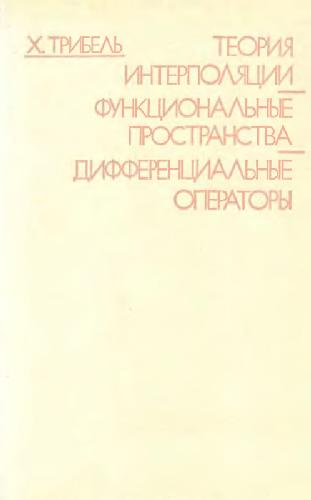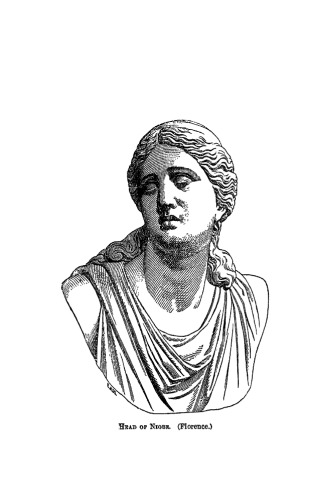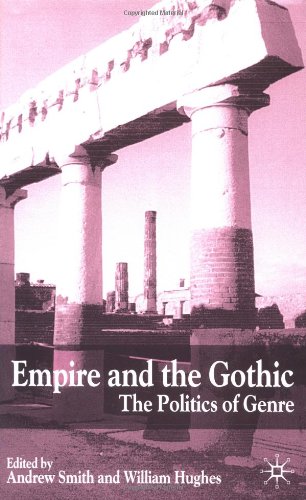- 2 402 202 книги
- Поиск
libcats.org










The Faustian Bargain: The Art World in Nazi Germany
Jonathan Petropoulos Nazi art looting has been the subject of enormous international attention in recent years, and the subject of two history bestsellers, Hector Feliciano's The Lost Museum and Lynn Nicholas's The Rape of Europa. But such books leave us wondering: What made thoughtful, educated, artistic men and women decide to put their talents in the service of a brutal and inhuman regime? This question is the starting point for The Faustian Bargain, Jonathan Petropoulos's study of five key figure in the art world of Nazi Germany. Petropoulos follows the careers of these prominent individuals that like Faust, that German archetypechose to pursue artistic ends through collaboration with diabolical forces. Readers meet Ernst Buchner, the distinguished museum director and expert on Old Master paintings who ''repatriated'' Van Eyck's Ghent altarpiece to Germany, and Karl Haberstock, an art dealer who filled German museums with works bought virtually at gunpoint from Jewish collectors. Robert Scholz, an art critic in the Third Reich, became an officer in the chief art looting unit in France and Kajetan Muhlmanna leading art historianheaded looting agencies in Poland and the Netherlands. Finally, there is Arno Breker, a gifted artist who exchanged his modernist style for monumental realism and became Hitler's favorite sculptor. If it is striking that these educated men became part of the Nazi machine, it is equally is striking that most of them lived comfortably after the war. Based on previously unreleased information and recently declassified documents, The Faustian Bargain is a gripping read about the art world during this period, and a fascinating examination of the intense relationship between culture and politics in the Third Reich.
EPUB | FB2 | MOBI | TXT | RTF
* Конвертация файла может нарушить форматирование оригинала. По-возможности скачивайте файл в оригинальном формате.
Популярные книги за неделю:

Проектирование и строительство. Дом, квартира, сад
Автор: Петер Нойферт, Автор: Людвиг Нефф
Размер книги: 20.83 Mb

Система упражнений по развитию способностей человека (Практическое пособие)
Автор: Петров Аркадий НаумовичКатегория: Путь к себе
Размер книги: 818 Kb

Сотворение мира (3-х томник)
Автор: Петров Аркадий НаумовичКатегория: Путь к себе
Размер книги: 817 Kb

Радиолюбительские схемы на ИС типа 555
Автор: Трейстер Р.Категория: Электротехника и связь
Размер книги: 13.64 Mb
Только что пользователи скачали эти книги:

Теория интерполяции, функциональные пространства, дифференциальные операторы
Автор: Трибель Х. (Triebel)
Размер книги: 8.20 Mb

A Smaller Classical Dictionary of Biography, Mythology, and Geography
Автор: William Smith
Размер книги: 34.49 Mb

Empire and the Gothic: The Politics of Genre
Автор: Andrew Smith, Автор: William HughesКатегория: Общественные науки прочие, Политика
Размер книги: 727 Kb

The Global Coffee Economy in Africa, Asia, and Latin America, 1500-1989
Автор: William Gervase Clarence-Smith, Автор: Steven TopikКатегория: История
Размер книги: 4.03 Mb

Critical Survey of Poetry: European Poets, Volumes 1-3
Автор: Rosemary M. Canfield Reisman
Размер книги: 11.14 Mb

Differential Geometry of Manifolds
Автор: Stephen LovettКатегория: Mathematics
Размер книги: 12.27 Mb





